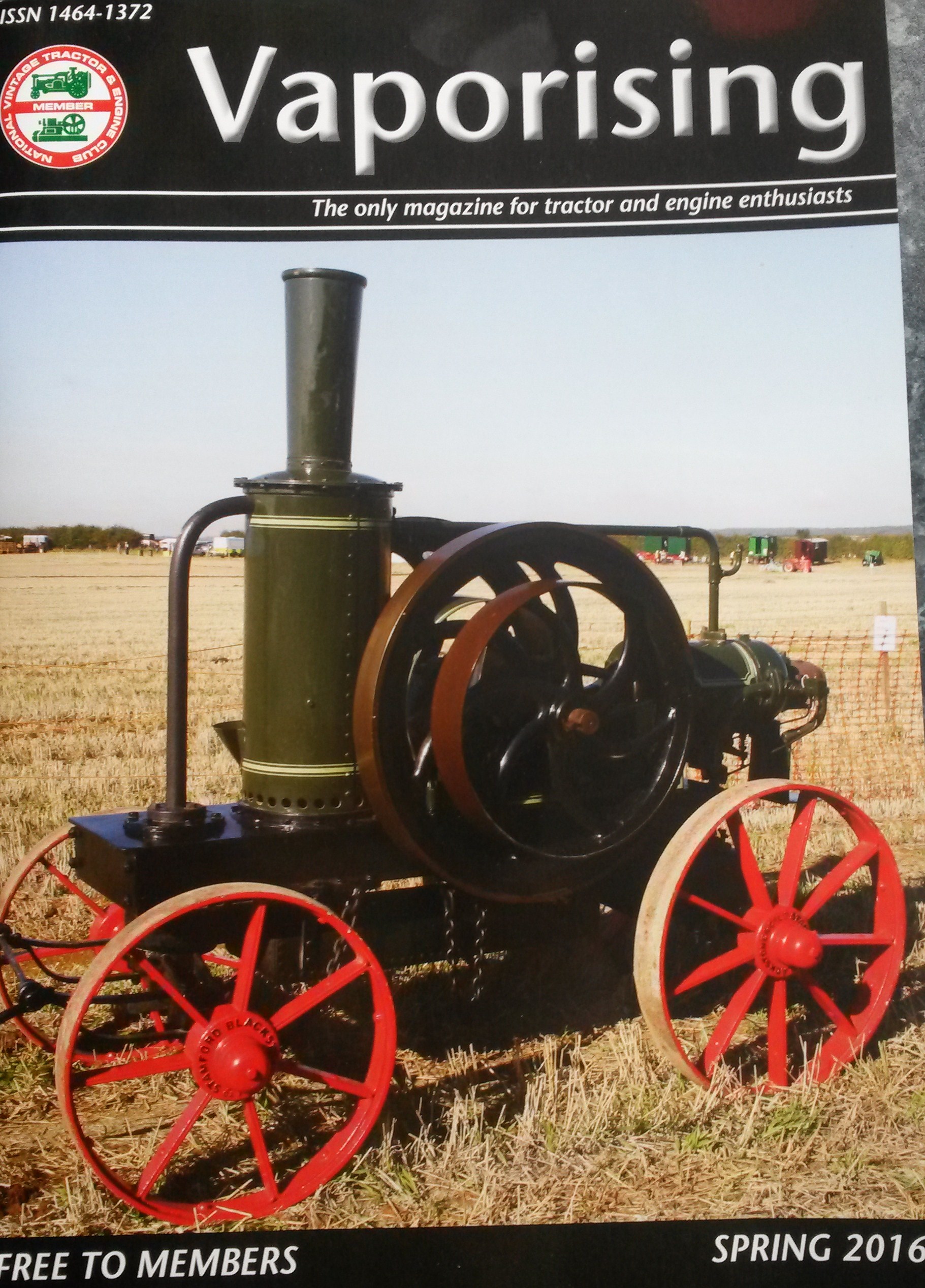@nosmoking ,
@NickDlow , Oh WOW, thats exactly what I was imagining! This gives me some hope on the idea.. The rifling is an interesting way to create the vortex that I had not thought about.. I was imagining a chamber more like this...
This is the inside of a popcorn air popper. Imagine the heating elements, or heat exchanger being just on the other side of those vent holes. And perhaps a center post to make the chamber a ring instead of a circle, so that there is no central dead spot with no air movement.
Put your heater in the center so no heat can be wasted to the outside without contributing to heating the air passing through your exchanger.
In order to bypass the need to exchange heat which has been trapped inside a silvered or metal coated bulb, or other heating element and the subsequent need to transfer that heat from the bulb/heater surface to the air or load, how about allowing all the bulb's energy to exit the bulb as normal, then capture the energy IN the airstream? (in an assembly deliberately designed to lose heat to air as fast as possible).
This approach has these benefits:
Efficiency of heat transfer (less energy is wasted heating up the bulb/heater itself).
The heat capture element could be very loosely related to the popcorn popper and shaped to induce a vortex in airflow/load.
Manufacture of heat exchanger could be very simple and achieved with healthy materials.
No special bulb required.
It could look spectacularly Sci-Fi!
Brief overview:
Light from the bulb would be used to heat a thin Ti or SS foil that's in the airpath.
Air could be heated by this as it passes over/around the foil.
/brief overview
A bit more detail:
If the assembly took the form of cylinders which fit over the bulb (glass tube/Ti tube/glass tube) the Ti/SS foil tube could be cut and folded to occupy the space between the glass tubes (where our airflow/heat exchange occurs) with a series of longitudinal/angled 'louvres' (see popcorn maker) and does triple duty:
1. It heats up from proximity to bulb/light energy, and exchanges heat to the air passing over it's surface.
2. the louvres can be used to direct air in a channel up and down the length of the cylindrical assembly (in the space between the two glass tubes) massively increasing the heated airpath. (and provide vortex action upon exit from the heat exchanger assembly).
3. Aesthetic.
The foil cylinder and louvres could be made to allow a small portion of the light from the bulb to escape the exchanger assembly and illuminate the vortex of vapour surrounding it.
Or the foil could be perforated with an attractive pattern of tiny holes making a 'starscape' of pinpricks illuminated from within, and shining out through the vapour vortex.
The effect is ambitious, I admit, but the manufacture (of the heat exchanger) could be pretty damn simple, requiring only:
A bulb and off the shelf ceramic holder
Two glass tubes
One metal foil tube
End caps for the assembly could be metal or ceramic etc
I'm uncertain that I'm articulating this very well.
Is it worth me drawing a sketch? ( I've yet to learn how to post my own pic's

) or am I barking up the wrong tree?
I have another approach for heat exchange, but that also involves a halogen bulb, and I don't want you to think that I'm ignoring other heater types, I just find vaping with light very attractive, so my own ideas come from there, currently.
Sorry about the wall of text!



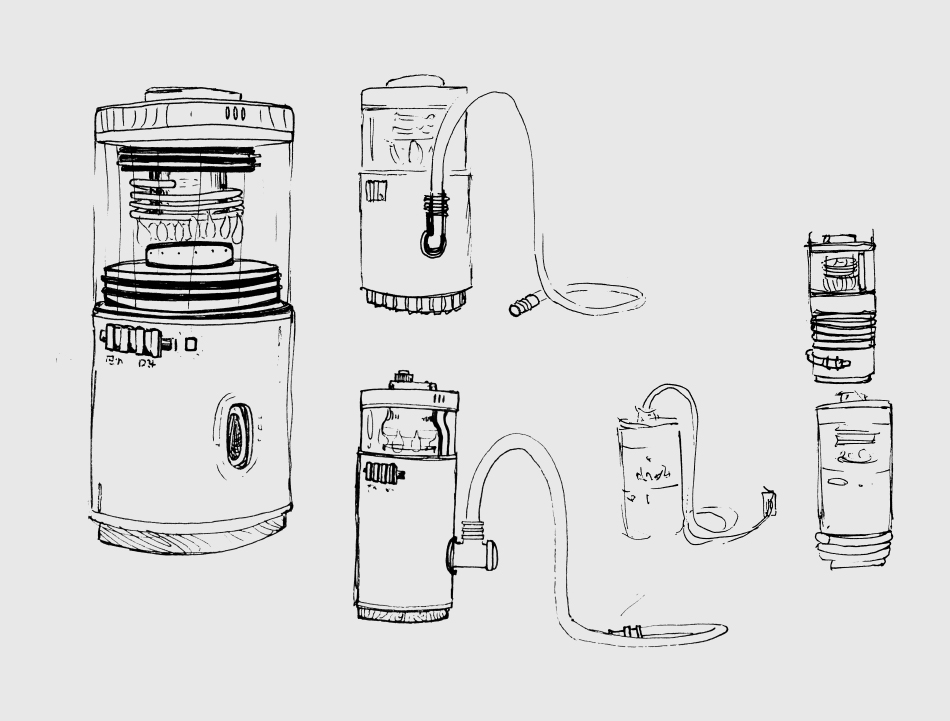
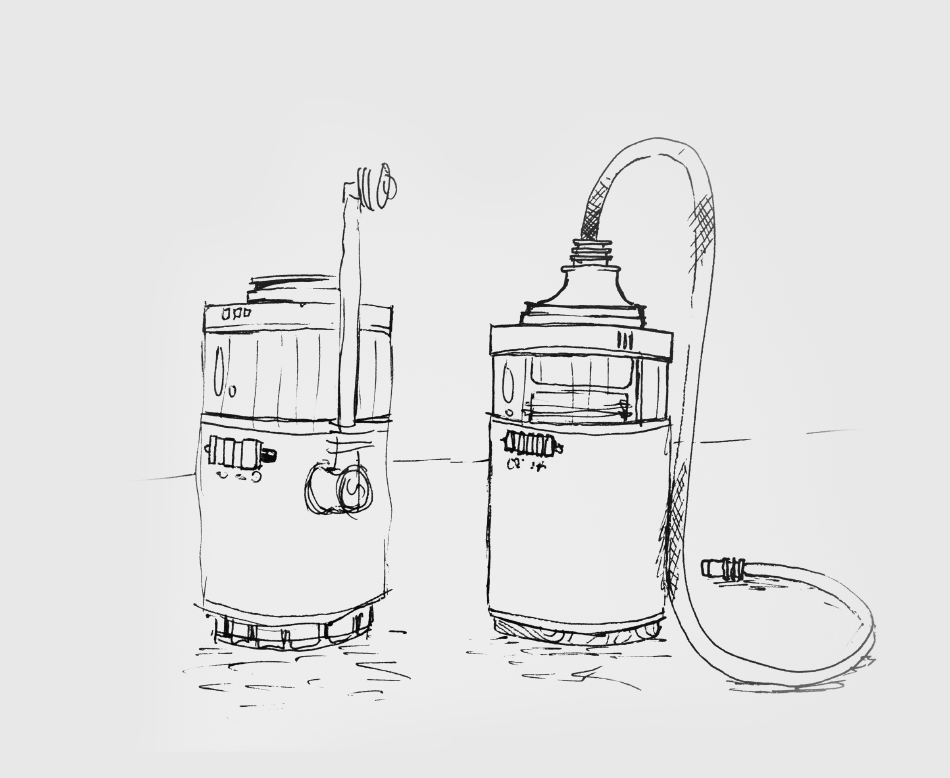


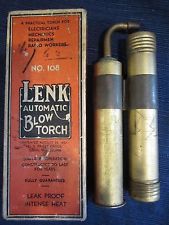
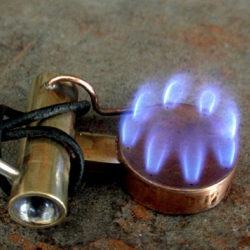



 ) or am I barking up the wrong tree?
) or am I barking up the wrong tree?



